Updated 4/27/2020
Photo By Sri Harsha Gera Pixabay
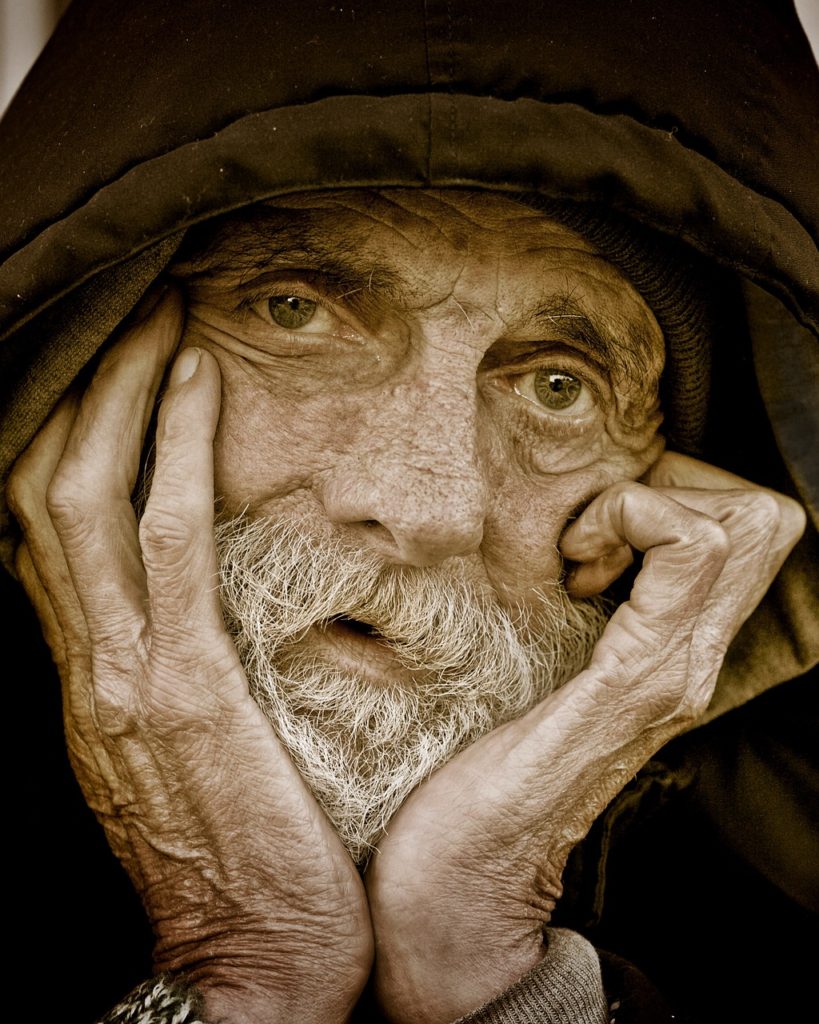
Posts may contain affiliate links. As an Amazon Associate, we earn from qualifying purchases and collect a small commission at no cost to you. This helps my blog to keep going. Thank you! For more info, read my disclosure policy.
The National Alliance to End Homelessness (NAEH) released its 2019 “The State of Homelessness in America” report on national and state-level data on the trends and progress toward ending homelessness in the United States.
According to the report, homelessness has increased slightly by 1,834 people, between 2017 and 2018 nationally. Approximately 552,830 people were experiencing homelessness in the United States on a single night in 2018 during HUD’s Annual Point-in-Time Count, the only nation-wide survey of homeless people.
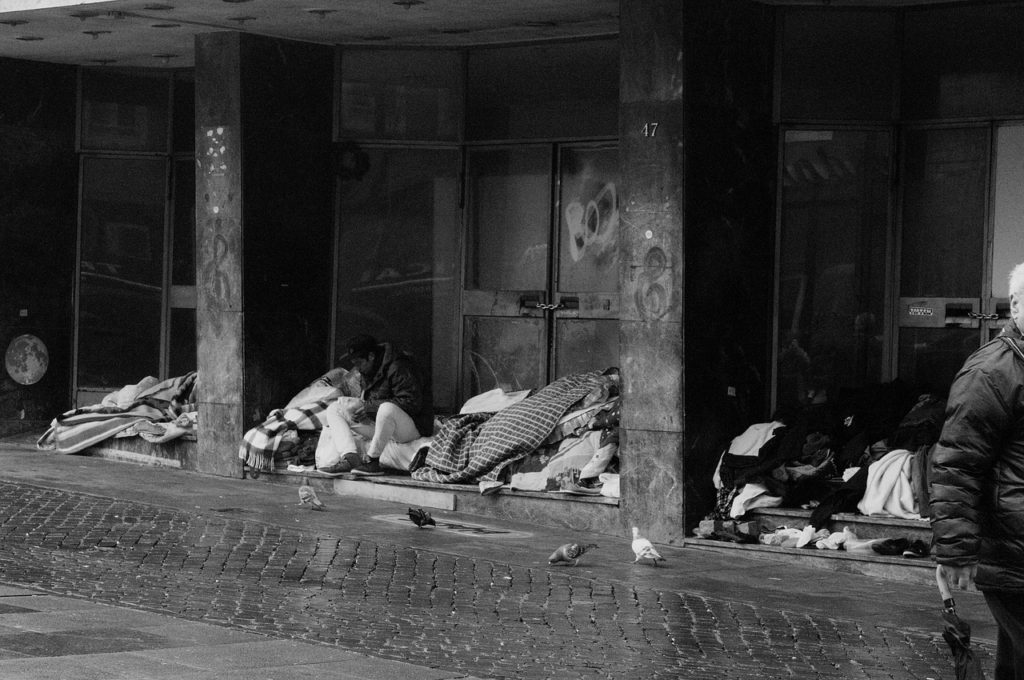
Breakdown 0f People Experiencing Homelessness per Year by Type, 2007–2018
Individuals are the highest percentage of people experiencing homelessness at 67 percent. 33 percent are people in families with children. Youth who are under the age of 25 and living on their own (without parents or children) is 7 percent of the total homeless population. Veterans are 7 percent of the total homeless population. Chronically homeless people consist of people with disabilities who have been homeless for an extended period of time or repeatedly are 18 percent.
- Overall Totals – 552,830
- Individuals – 372,417
- People in Families – 289,413
- Chronically Homeless Individuals – 96,913
- Veterans – 37,085
- Youth – 36,361
HUD began collecting this data in 2007, and even though the national counts have generally trended downward over the last decade, there has been less progress with the smallest drop among the homeless individuals, the largest group. Solutions for this group are critical in efforts to end homelessness.
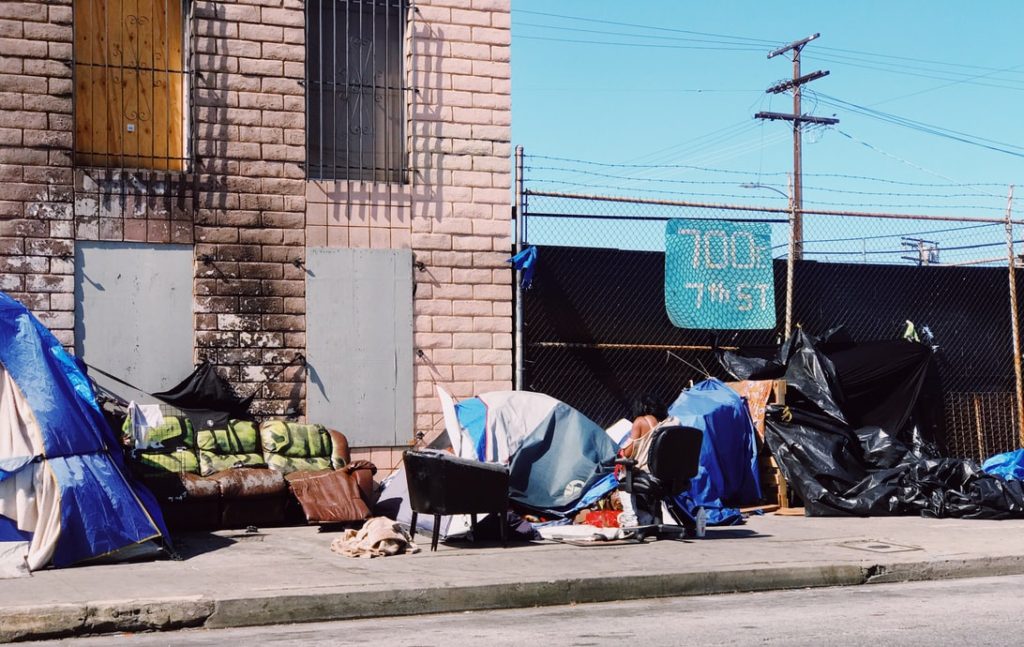
Brandi Ibrao – Unsplash
Why Veterans Are Experiencing Homelessness
Due to the lack of affordable housing and economic hardship and including the challenges brought on by multiple and extended deployments, Veterans can also become homeless. These factors can create a population that can often struggle with housing stability.
It has been shown through research those who served in late Vietnam and post-Vietnam eras are at the greatest risk of becoming homeless, but Veterans from recent wars, such as Afghanistan and Iraq are also affected, and this can include traumatic brain injury and PTSD, both of which are included in the homeless population count.
In 2019, the HUD-Veterans Affairs Supportive Housing program was able to house more than 11,000 veterans. Many other programs have played an important role in addressing veteran homelessness including, outreach, employment, transitional housing, and substance use treatment included throughout this post.
Ten States with Highest Homeless Counts/Rates, 2018
Overall, in terms of the number of homeless people, the states with the greatest number tend to have the largest populations. However, Oregon and Colorado, top the homeless count list while having smaller populations. 67 percent of people experiencing homelessness can be found in the ten states with the largest number of homeless people.
Another way to locate challenges in the homeless population is by comparing the size of the homeless population to the size of the general population in a given area.
The 10 states with the highest homeless rates (2018) account for 55 percent of the homeless population are in this order:
- Califonia 129,972
- New York 91,897
- Florida 31,030
- Texas 25,310
- Washington 22,304
- Maine 20,068
- Oregon 14,476
- Pennsylvania 13,512
- Colorado 10,857
- Illinois 10,643
California and New York also have the highest housing costs in the country. Compared to other parts of the US residents in these states spend more of their income on rent/mortgage payments.
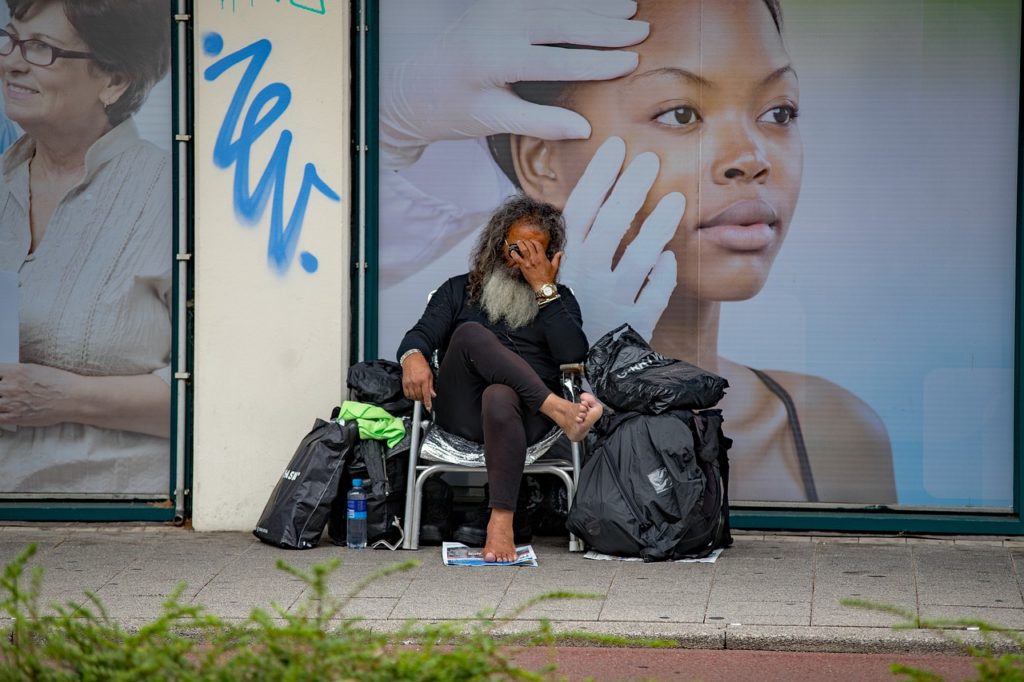
Gender and Racial Demographics
Gender and racial demographics are an important part of the American homelessness story. The homeless population is largely male and among individual adults, 70 percent are men. White Americans are the largest racial group, at 49 percent of those that are homeless. African Americans are the 2nd largest group. However, African Americans and American Indians are dramatically overrepresented in the Point-in-Time Count compared to their numbers in the general population.
Homeless Assistance Programs In The US
A Continuum of Care (CoC) is a regional or local planning body that coordinates housing and services funding for homeless families and individuals.
Crisis Response System is used to identify those experiencing homelessness, prevent homelessness when possible, connect people with housing quickly, and provide services when needed. To be effective in achieving those goals you can contact the services listed: Outreach, Coordinated Entry, Emergency Shelter. It works because it aligns a community, its programs, and services around one common goal to make homelessness rare, brief, and nonrecurring.
Twenty Continuum of Care Cities with Highest Homeless Counts/Rates (2018)
- New York City, New York 78,676
- Los Angeles, California 49,955
- Seattle, Washington 12,112
- San Diego, California 8,576
- Texas, Balance of State 7,638
- San Jose/Santa Clara, CA. 7,254
- District of Columbia 6,904
- San Francisco, California 6,857
- Oregon Balance of State 6,392
- Phoenix/Mesa/Maricopa 6,298
- Boston, Massachusetts 6,188
- Las Vegas, Clark County 6,083
- Philadelphia, Pennsylvania 5,788
- Washington Balance of State 5,666
- Oakland, Berkley, Alameda, CA. 5,496
- Chicago, Illinois 5,450
- Metropolitan Denver 5,317
- Santa Ana, Anaheim, Orange, CA 4,955
- Honolulu City and County, Hawaii 4,495
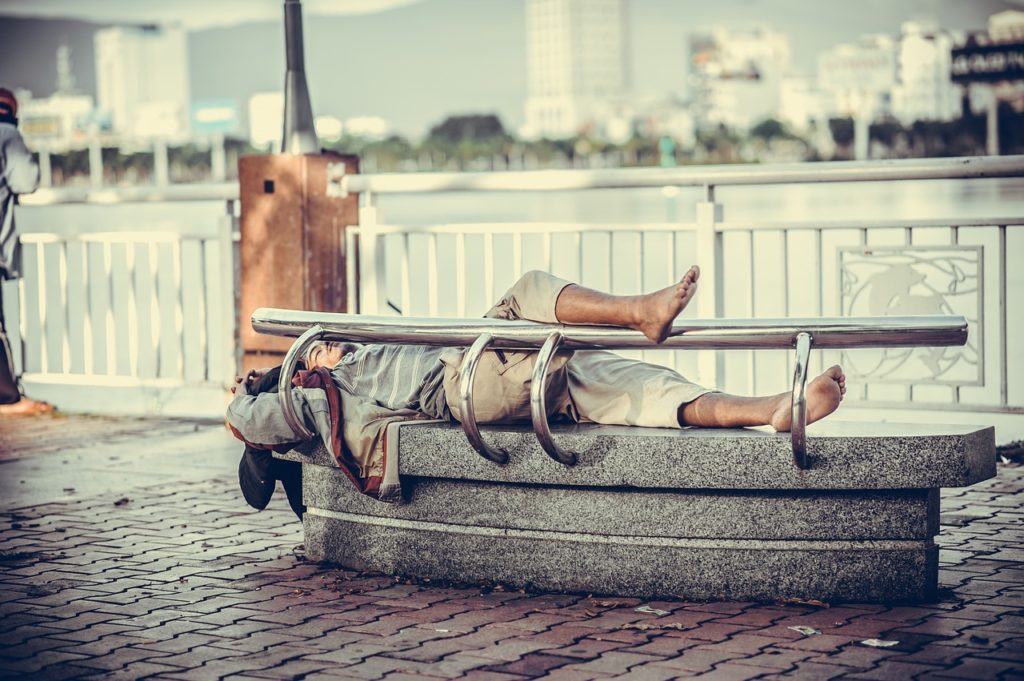
Temporary Beds To More Permanent Housing Options
70 percent of people experiencing homelessness on a given night are offered temporary beds. These beds are available year-round and include Emergency Shelter (ES), Transitional Housing (TH), and Safe Haven (SH).
This leaves 30 percent of people without a year-round bed. During the winter months, many people are unsheltered, living on the streets, in abandoned buildings, or in other locations not suitable for human habitation. This is a challenge for individual adults and some families with children.
Moving more people into permanent housing options as opposed to temporary beds is the best practice. 31 percent of homeless assistance beds were dedicated to permanent housing options in 2007. That number was up to 57 percent by 2018, and the most prevalent homeless assistance program is permanent supportive housing. The number of beds in this category has grown by 92 percent, and emergency shelter beds, the second most common assistance program, has increased 35 percent since 2007.
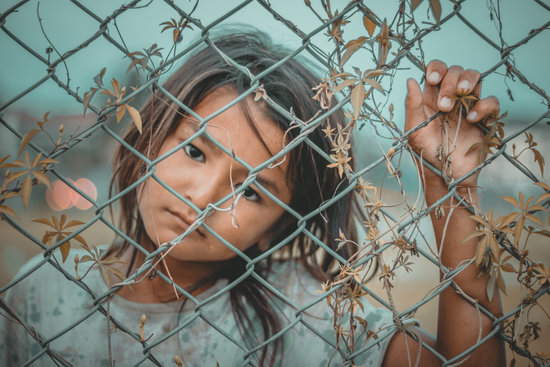
Permanent Supportive Housing
Permanent supportive housing is an assistance program that combines affordable housing assistance with voluntary support services to address the needs of chronically homeless people. The services are designed to create independent living and teach them the obligations and skills of being a tenant and connect them with community-based health care, treatment, and employment services.
Rapid Re-housing
Rapid re-housing, the newest type of permanent housing assistance, to help individuals and families that don’t need intensive and ongoing support to quickly exit homelessness and return to permanent housing. It has grown by 450 percent over the last five years.
Transitional Housing
Transitional housing provides temporary housing for certain parts of the homeless population, including working homeless making insufficient wages and struggle to be able to afford long-term housing and is set up to transition their residents into permanent, affordable housing.
This is the only assistance program on the decline, as there are 52 percent fewer beds in that category than there were in 2007. The national trend of states and communities is shifting resources away from temporary transitional housing and towards permanent housing options (such as permanent supportive housing and rapid rehousing).
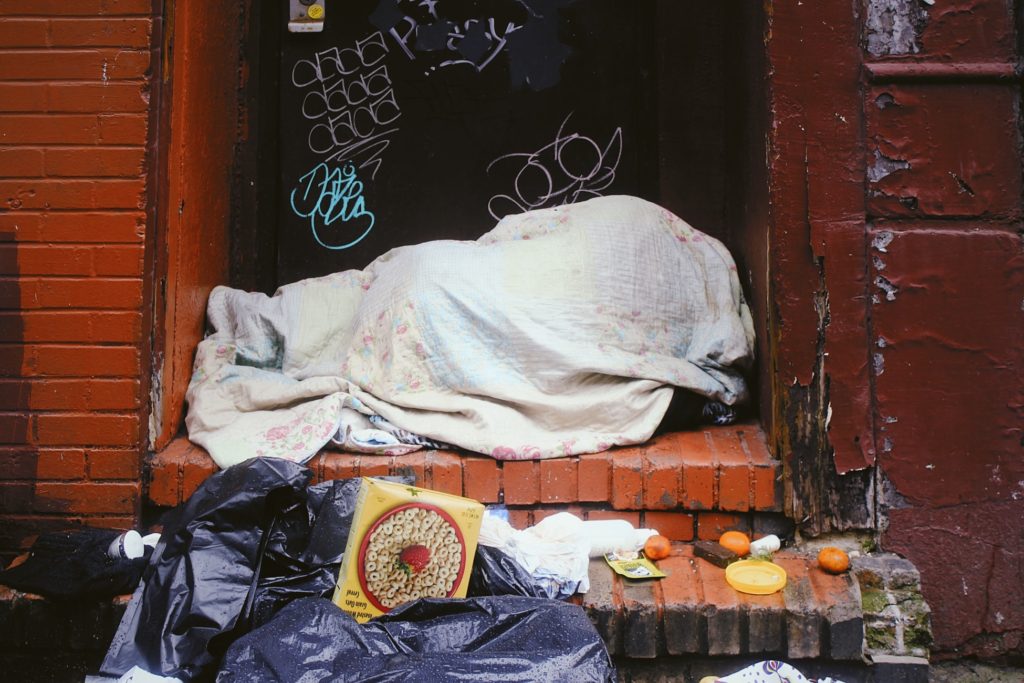
Jon Tyson Unsplash
Pets and The Homeless
Many times the homeless live out on the streets with a pet turning down shelter until their pet needs help. This is a perfect time for the outreach team to finally offer support to both the animal and its owner. The outreach staff can work with animal welfare organizations to get care for the animal and connect the owner to a low-barrier shelter, services, or housing.
Many people consider pets members of their family and will often put their pet’s needs over their own by feeding the pet and going without a meal or shelter if their pet is not allowed. Homelessness response systems and individual providers can leverage the human-pet bond to provide life-saving services to people and their pets.
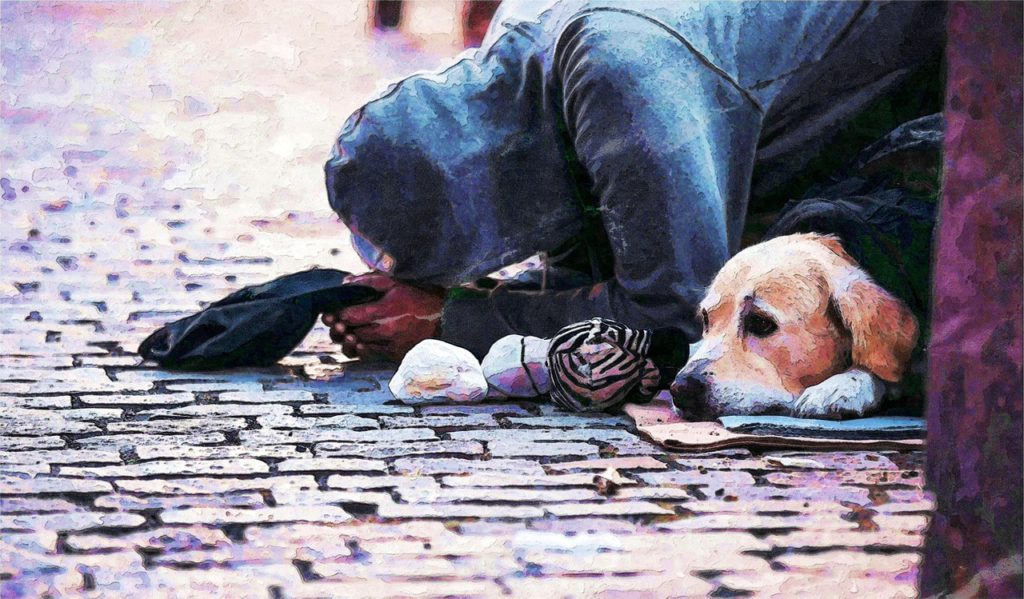
Homelessness and The Coronavirus
People experiencing homelessness are a group who are at risk for contracting the Coronavirus. The Alliance’s Homelessness Research Institute (AHRI) has compiled a fact sheet on COVID-19 and homelessness, based on researchers’ recent recommendations on how to serve this vulnerable population during the pandemic.
Certain factors such as an aging population, pre-existing health conditions, general wellness, and homeless population growths should inform a broad range of policies and practices for the near future.

2007 – 2009 Recession and Aftermath
Poverty increased during the Recession of 2007-2009 and its aftermath. The poverty rate has been gradually decreasing over recent years, and now resembles pre-recession levels. However, far too many Americans continue to live in poverty—42.6 million people or 13.4 percent of the population. Many people and families living in poverty struggle to afford basic necessities include housing, especially in California and New York where rents are still high and the price of homes has gone up.
In 2017, 6.7 million households spent more than 50 percent of their income on rent. They were experiencing a “severe housing cost burden”. This number represents a decrease from the previous year but is still 17 percent higher than it was in 2007.
Living With Family Or Friends
Living “doubled-up” also puts people at risk of homelessness. In 2017, 4.4 million people in poor households are living with family or friends. This is fewer people than in 2016. However, it is still 25 percent more than the number of people living “doubled-up” in 2007.

In Conclusion
Understanding where homeless people are located can help address the problem. There is more than one approach to identifying the places experiencing the greatest challenges. A cost-effective solution, permanent supportive housing has been shown to lower public costs associated with the use of crisis services such as shelters, hospitals, jails, and prisons.
There has been progress, but more still needs to be done to solve the homelessness in our country. You saw the breakdown of the top 10 states with the most homelessness. Our government and state and local governments need to continue the assistance programs out there and find other avenues to give these people their dignity and pride back, get the drug abuse under control, and have a job training program available. This needs to be a priority for funding!
My older son lived on the streets for years as an addict, and feared for his life, as he would be continuously mugged, beat-up, and robbed. I worried that I was going to get the phone call none of us as parents want to get! He is now off the streets getting the medication, evaluations, and assistance he needed to move on to a productive, happy life.
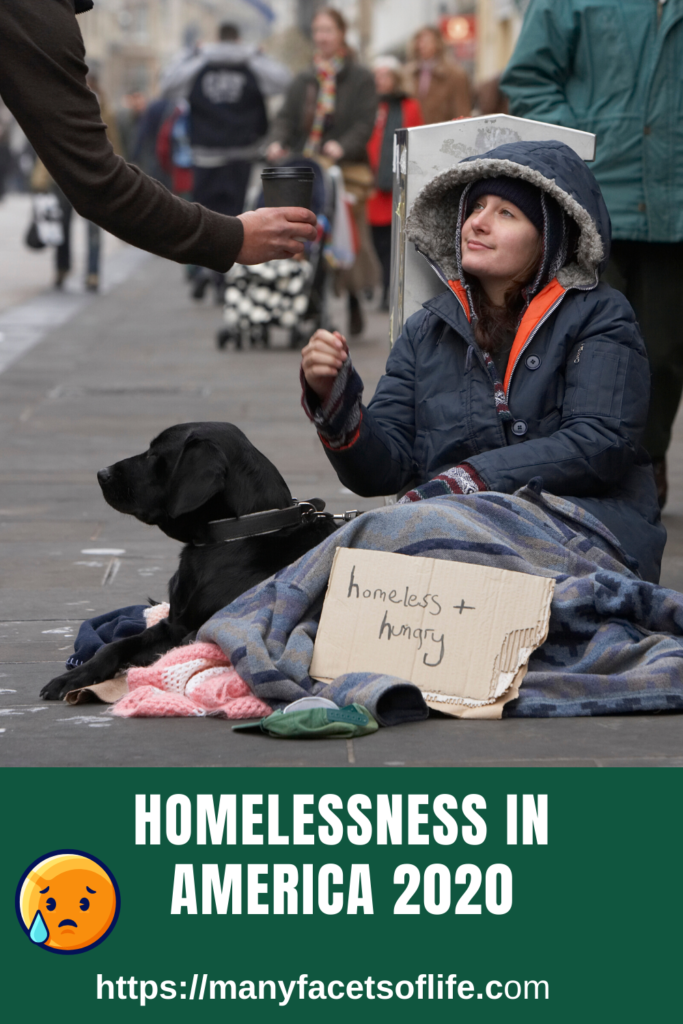
Posts may contain affiliate links. As an Amazon Associate, we earn from qualifying purchases and collect a small commission at no cost to you. This helps my blog to keep going. Thank you! For more info, read my disclosure policy.
#homeless #homelessness #doubled-up #2007-2009recession #transitionalhousing #rapidre-housing #temporarybeds #permanethousingoptions #continuumofcare #HUDsannualpoint-in-timecount #HUD #NationalAlliancetoEndHomelessness

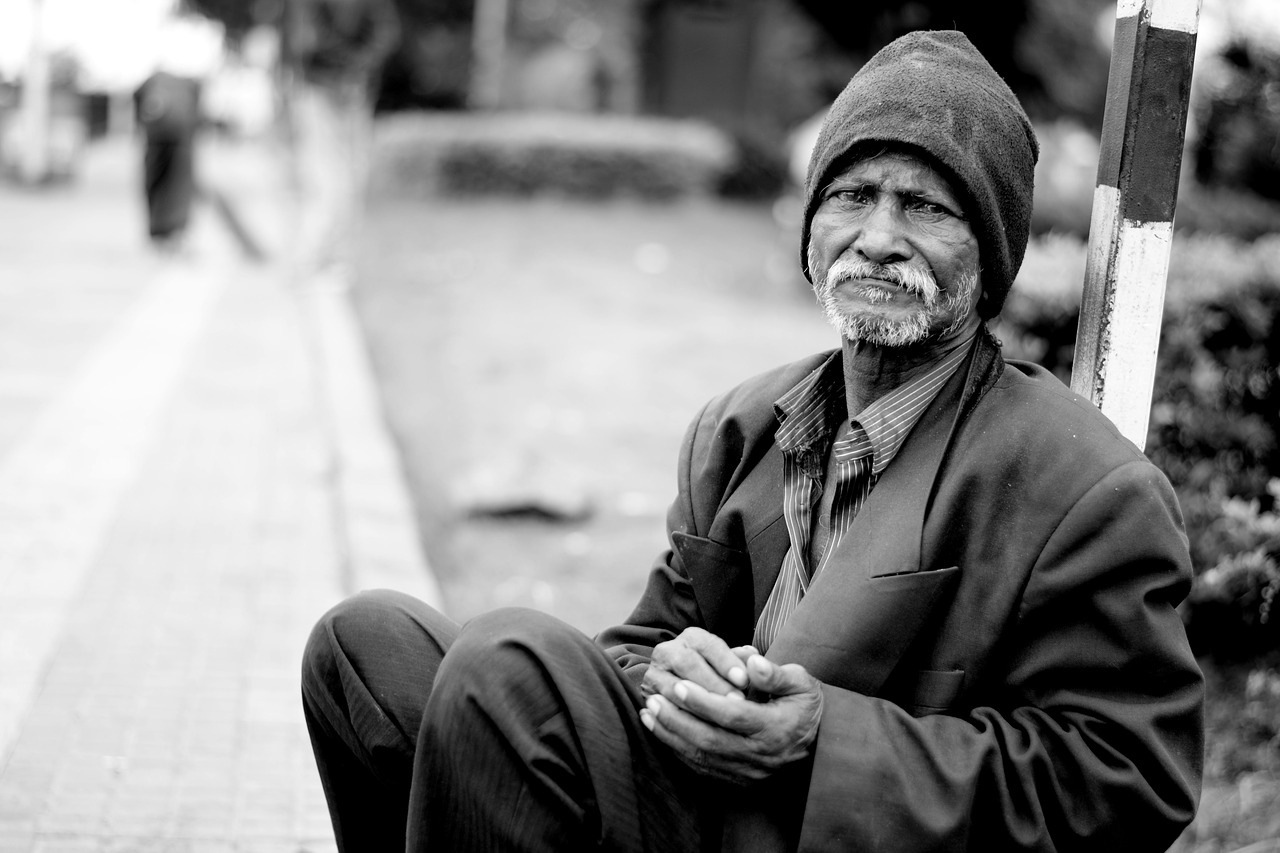

So very heartbreaking seeing these numbers! My family does what we can, like volunteer at soup kitchens, make bags with essentials, etc
Thank you for your comment, I appreciate your feedback! Thanks for all you do for the homeless, and if we reach out to people and if they can only give a little, that is still moving in the right direction, and so many can be helped and live their dream, like the rest of us!
Denise, this is such an eye-opening and touching post. It’s really sad how many homeless people there are in the US. I appreciate what you’ve written my friend.?
Thank you, Brenda! It is a very sad situation that needs more attention as time goes on. My older son has been a part of this population, on and off, for years due to addiction. He is going in the right direction, staying clean and sober, and learning how to survive in society.